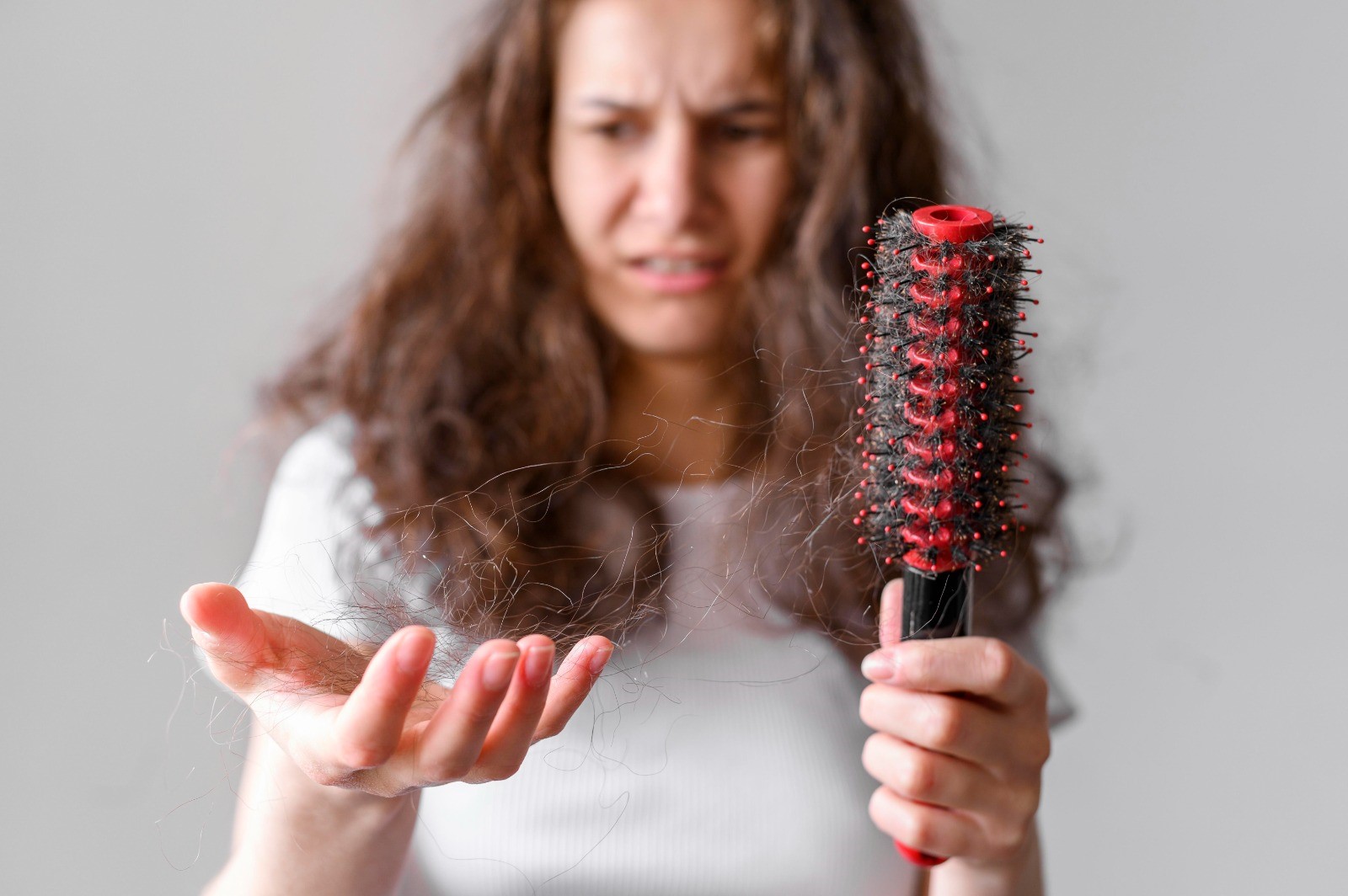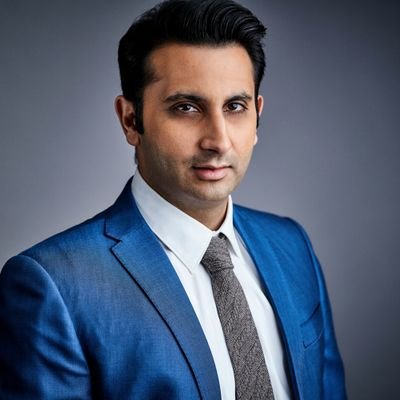Bhawna Thakur
North News
Chandigarh, August 21
Hair loss is a widespread condition affecting millions globally, but recent scientific advancements offer new hope. These breakthroughs have provided a deeper understanding of the causes, as well as innovative treatment methods and preventive strategies. According to the American Academy of Dermatology (AAD), excessive hair shedding, known as telogen effluvium (TE), affects about 50% of people at some point in their lives. While daily hair loss is a normal part of the hair growth cycle—where individuals shed between 50 and 100 hairs per day—excessive hair loss or noticeable thinning could be a sign of telogen effluvium. This condition is often triggered by physical or emotional stress, illness, or significant life changes.
Hair loss can result from various causes, each affecting individuals differently:
- Genetic Factors: Hereditary conditions like androgenetic alopecia (male or female pattern baldness) play a significant role in hair loss, leading to gradual thinning and balding.
- Hormonal Changes: Hormonal fluctuations due to pregnancy, menopause, or thyroid imbalances can cause temporary or chronic hair loss. Conditions like polycystic ovary syndrome (PCOS) also impact hormonal levels, contributing to hair thinning.
- Medical Conditions: Autoimmune disorders such as alopecia areata cause the immune system to attack hair follicles, leading to patchy hair loss. Chronic illnesses like lupus and diabetes can also result in hair thinning.
- Medications and Treatments: Certain medications, including chemotherapy drugs, blood pressure medications, and antidepressants, may cause hair loss as a side effect. It’s crucial to consult healthcare providers about these potential effects and explore alternatives if necessary.
- Stress and Trauma: Physical and emotional stress can significantly impact hair health. Events like major surgery, severe illness, or emotional distress can trigger telogen effluvium, with hair loss typically occurring a few months after the stressor.
- Environmental and Lifestyle Factors: External factors such as exposure to harsh chemicals, environmental pollutants, and poor diet can negatively affect hair health. Physical and emotional stress can also trigger telogen effluvium, causing premature hair follicle resting phases.
Mineral and vegetable oils significantly impact human hair due to their hydrophobic properties, with saturated and monosaturated oils penetrating the hair more effectively than polyunsaturated oils. These oils protect hair by reducing water absorption, minimizing swelling, and preventing the entry of harmful substances. Regular oil application can enhance lubrication and reduce hair breakage. Studies indicate that coconut oil, unlike sunflower and mineral oils, reduces protein loss in both undamaged and damaged hair, likely due to its unique composition. Heat can decrease capillary adhesion, leaving a thin film on the hair surface, except when using mineral oil.
According to the National Library of Medicine, hair cosmetics are crucial for treating alopecia and scalp conditions, with shampoos, conditioners, hair straightening products, hair dyes, and henna being the most common. Shampoos typically contain 10–30 ingredients, though some may have as few as four, and are categorized into cleaning agents, additives, conditioning agents, and special care ingredients.
Aggressive shampoos can lead to frizz and make detangling difficult, whereas conditioners help neutralize the negative charge of hair fibers by adding positive charges and lubricating the cuticle. Conditioners contain anti-static and lubricating substances grouped into five categories: polymers, oils, waxes, hydrolyzed amino acids, and cationic molecules.
Conditioners improve hair combability, mimic the natural lipid outer layer, restore hydrophobicity, seal the cuticle, and minimize frizz and friction, enhancing shine, smoothness, and manageability. Understanding the formulation and safety of hair cosmetics allows dermatologists to more effectively treat hair and scalp conditions across diverse hair types and ethnicities.
















